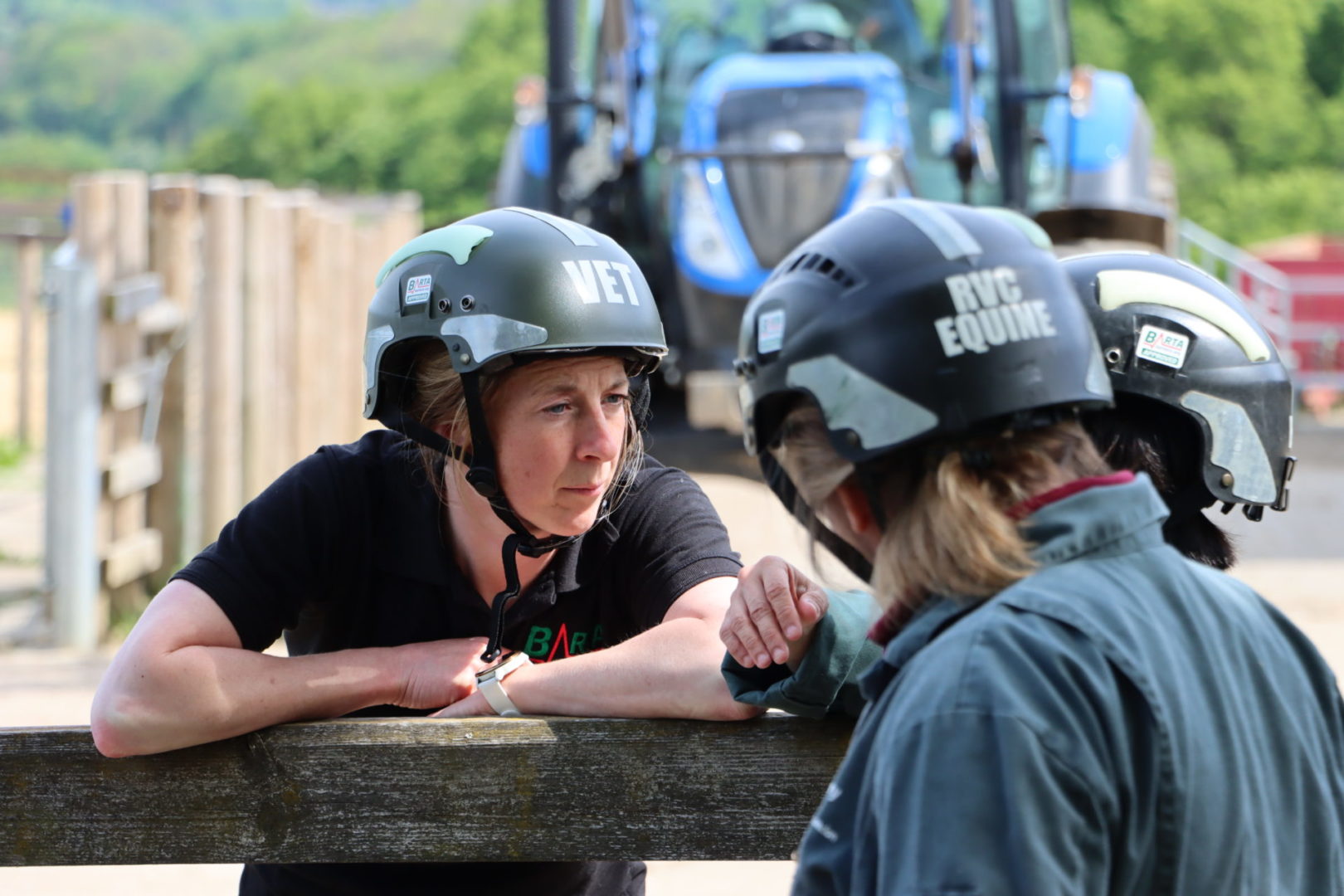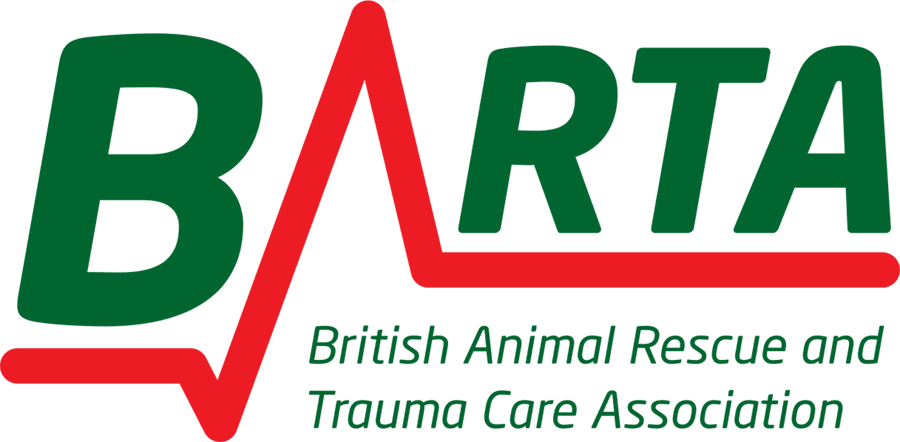Spotlight on our People – Nicola Housby-Skeggs

Many of you will have met Nicky, when you have attended our courses.
Nicky also led the collaboration between veterinary experts to produce the veterinary prompt. As our chairperson she oversees the strategy, governance and key financial decisions of BARTA.
Nicky is running for election to the BEVA council, if you are eligible we know she would appreciate your vote!
Here is a link to her: BEVA statement

What inspired you to get involved with BARTA?
I started my career in the Royal Army Veterinary Corps and the veterinary responder course was considered essential learning prior to starting any equine veterinary job. There are few courses that genuinely shift your understanding and approach to cases or situations; however, the veterinary responder course did this for me and has fundamentally influenced how I have approached emergencies throughout my career.
The Army was already using many of the rescue techniques and the overall approach they used strongly aligned with the teaching. Throughout my time as an equine vet in the RAVC we ensured that all soldiers working with horses had first responder training in dealing with emergencies and entrapments and trained a select group to team leader level. This ensured that there was a consistent approach to all emergencies where every team member understood their role resulting in seamless communication and collaboration to ensure the most efficient casualty centred rescue no matter what the situation.
I now work for The Horse Trust (the umbrella charity that includes BARTA). I am the Chairperson for the BARTA board, a veterinary advisor and I teach on a number of courses.

What special interest do you have in dealing with Incidents Involving Animals/Disasters?
I see incidents involving animals as a niche element of “one health” it is when animals, humans and their environment are often in conflict with one-another. The rescue team must understand all three to find a way to resolve a situation with limited impact on the well-being of that triad.
Having been part of both dangerous, emotional, and stressful rescue situations as well as those that have run smoothly, I want to ensure that everyone involved has the right tools for the job. This includes technical veterinary and rescue skills along with the management skills such as communication, collaboration, and problem solving.
We don’t always get the outcome we want but that is easier to come to terms with when you know you did everything you could.

What would be your vision for the future?
I would love to see vets turning up at emergencies being as seamless as paramedics arriving at an incident and I would love to see all emergency responders trained to an appropriate level for their role. I believe we are getting closer to that goal every week!
I would also like to see us analysing each incident in a standardised way. Investigating human and system factors that are impacting rescues and implementing protocols based on these learnings.




